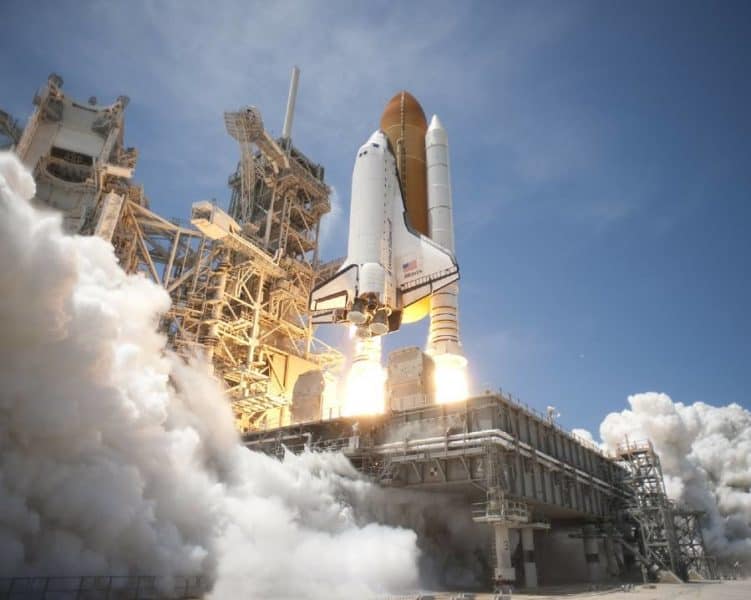July 11, 2021 begins a new era in space flight as the United Kingdom’s Sir Richard Branson via an exciting and revolutionary rocketing system, rode into sub-orbital space, that’d be 65 miles up. The entire flight lasted all of an hour and the elevation reached was high enough for the flight crew in question to experience weightlessness, to see the Earth’s curvature and make space-flight history. Could this be the start of something really big?
The bigger picture here is that this mission to space should have implications for not only commercial rocket travel, but as well for intraplanetary rocket travel and for the quality of the air. That’s right, that air quality that is much closer to home.
At present, commercial aviation, which, for the most part is jet propelled, is responsible for contributing from four to six percent of the world’s planet-warming carbon dioxide gas. As the number of such flights is projected to increase, so too will its contribution of carbon dioxide and other emissions.
Whereas with jet-propelled aircraft travel, the planes themselves taking a more gradual, or relaxed, flight pattern from takeoff to landing, rocket flight, generally speaking, is outer-space-seeking, the trajectory of such being more steep-angled – more straight up and down, in other words.
As such, rockets spend far fewer minutes of their flights in Earth’s atmosphere and, by virtue of this, comparatively speaking, have less opportunity or time to pollute the air.
In an adjunctive sense, if rocketing, say, from one location to a second one much farther afield can be achieved much more efficiently (in this case meaning much more effortlessly), and more speedily and practically (practically here being first and foremost) not to mention more safely than conventional jet travel and, in the process, produced are fewer heat-trapping and other emissions that are released into the atmosphere, that is, on account of the flying time in the atmosphere being less, then something along these lines, in other words, this method of travel, should definitely be pursued.
Obviously the field is in its early stages. And, as it stands, those waiting in the wings so to speak ready to if you will reach for the stars, the price for this privilege, like the trajectory itself, is at this moment pretty steep. But, as logic would have it, the more that these types of treks that are made, the presumption is, the more likely it is the cost to fly as it were, will come down.
In the meantime, the next such launch only this time in a rocket of a different design, to carry Amazon head Jeff Bezos, reportedly, could possibly take place in as few as nine days from now.
If this does indeed happen, one could say with little disagreement that maybe not the flights themselves, but that of the field of rocket science itself, has reached new heights.
– Alan Kandel
All material copyright 2021.


